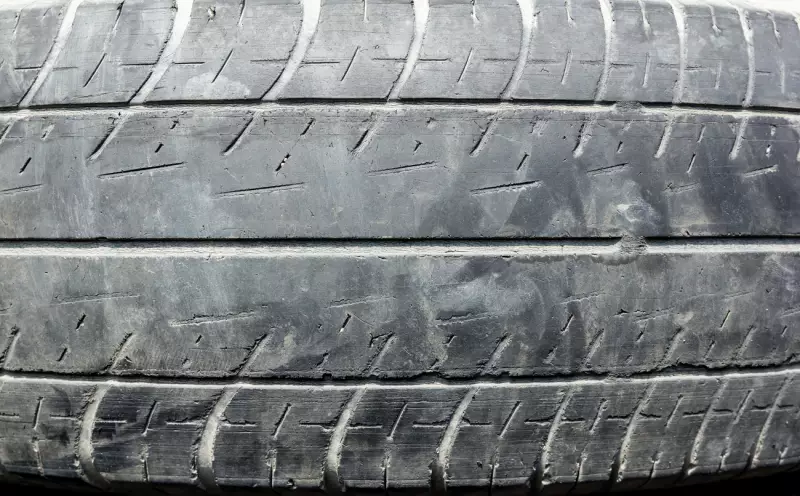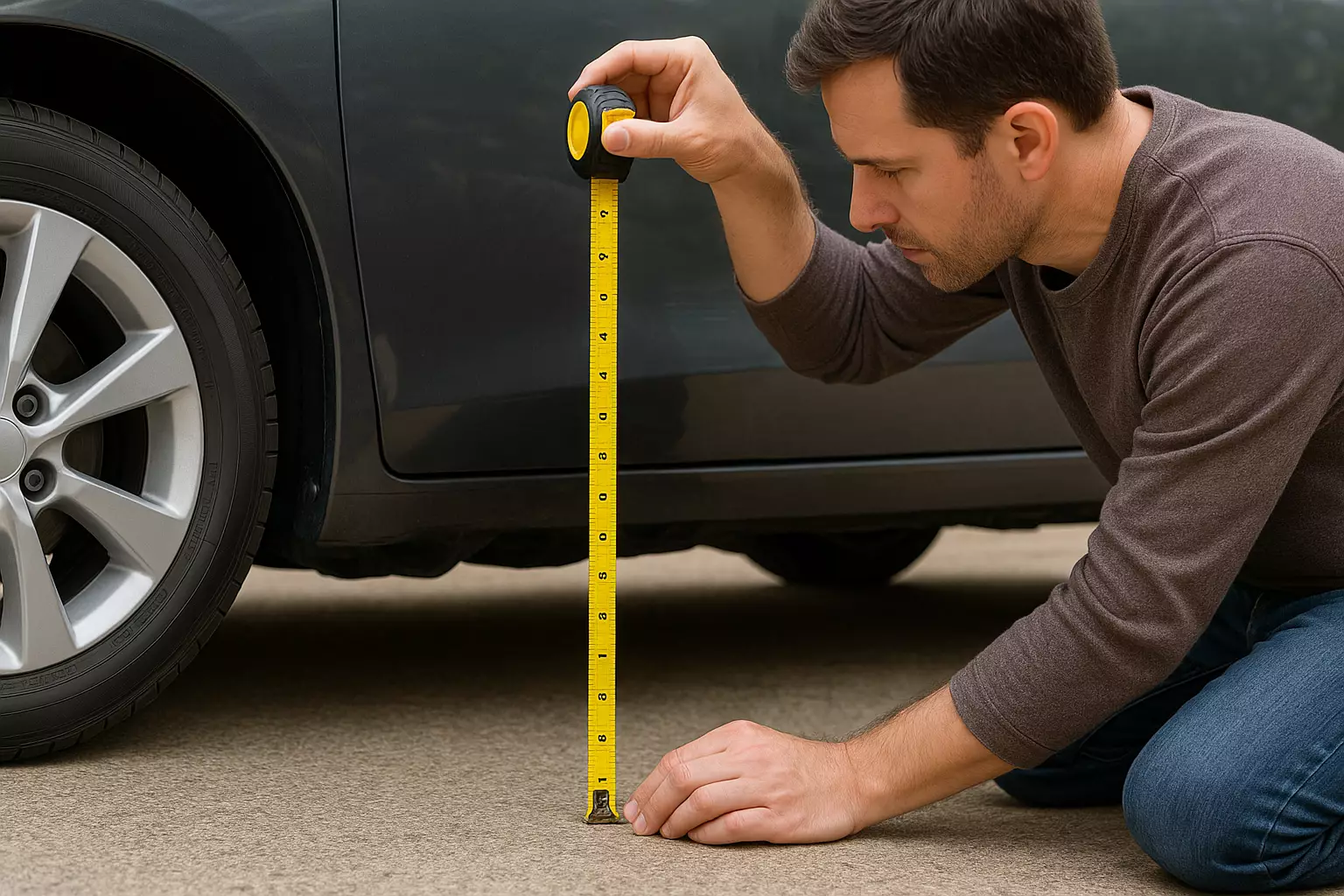Car tires are one of those items on a car or truck that is rarely checked and often goes unnoticed until one blows out or fails because of a lack of tread. Proper tread depth on tires contributes to safe handling, braking, and overall vehicle performance.
Three types of tread patterns optimize your car's handling and performance.
- Symmetric, optimized for comfort and directional stability.
- Asymmetric enhances wet traction handling.
- Directional, improves water displacement.
What is the Tread Depth of a New Tire
Tire tread depths are measured in 32nds of an inch. When describing the tread depth of a new tire, it is the vertical measurement from the top of the tread to the tire's lowest groove. This article will describe a simple test any driver can use to keep the proper tread depth with their tires.
The US Department of Transportation recommends replacing tires when they reach a depth of 2/32nds, and many states legally require the owner to do so.
How Much Tread Should a Tire Have
New car tread depths will typically be between 10/32nds and 11/32nds of an inch. The proper tread depth for a used tire offering optimal performance and cornering is 6/32nds and deeper. If it reaches 4/32nds, it is a good time to start looking for a new set of tires. Never mix tire tread depth on one axle because mixed depths affect handling, especially in bad weather.
How to Check Tire Tread with a Penny Test
There are several ways to check a tire's tread depth to see if it is nearing the time to be changed. A tread depth gauge, used by most tire sellers, is the most accurate means of checking tire depth. However, there is a highly technical and advanced means of checking tire depth that requires the vast sum of a penny.
Tire Tread Penny Test or Lincoln Penny Test
- Turn the penny so that Lincoln’s head is facing down into the tread.
- If Lincoln’s head disappears between the tread ribs, your tread depth is still above 2/32nds.
- If you can see Lincoln’s entire head, it is just about time to replace the tires because there is not enough tread left.
- Suppose Lincoln’s head is only halfway shown; it is still time to start pricing a new set of tires.
When performing the penny test, make sure to check each tire. Always check various places around the tire to see what areas are wearing the quickest. If the tire fails the penny test at any tread location and some areas are deeper than 2/32nds, it is still recommended to replace the tires.
The Lincoln penny test delivers on what users expect, giving them accurate tread depth readings and whether the depth has reached the legal limit. However, a penny test does not indicate whether the tires are safe for the road. Tire performance diminishes quickly when reaching the 2/32nd minimum.
When Should I Replace My Tires

Tires worldwide are considered worn out when they reach a tread depth of 2/32nd. Forty-two states consider 2/32nds as the legal minimum. California and Idaho go down to the bare minimum of 1/32nds, and seven other states have no minimum tread depth at all. Vehicles in Texas with a tread depth of less than 3/32nds cannot pass a state-mandated safety inspection.
Tires with shallow tread depth have reduced braking action when the road is wet and stopping distances increase. Tread bars or wear indicators are placed evenly through the grooves in the tread. These bars are placed at different points of the tire and indicate if the tread is worn out. The Department of Transportation only requires tread wear bars to be located at the 2/32nds wear mark.
Hydroplaning is one of the most severe and scariest conditions any driver can encounter on the road. It can likely occur on wet pavement, asphalt, or any other smooth, moisture-laden surface. Even new tires with full tread are susceptible to hydroplaning on slick surfaces. Consider a set of tires with worn-down tread to 2/32nds, and you or your family have a recipe for disaster.
Dealers and manufacturers never recommend driving in adverse conditions with tires having the minimum tread depth. Drivers expecting to encounter snow and ice-covered roads should have tires with at least a minimum of 5/32nds depth available.
In snowy conditions, tires need considerably more tread to compress the snow in their grooves and release it efficiently as they roll.
A Good Tire Tread Depth
Good tire tread depth, 7/32nds or better, enhances the performance of your automobile, making it safer for you and your family. Good tire tread depth makes stopping distances much shorter and on-point, putting less strain on the braking system. Cornering is much more controlled and crisper going into and out of the curve. Driving in adverse conditions such as ice and snow-covered roads is much safer because the tread depth can handle the snow correctly.








![Best Sites to Check a Car’s History [2025 Review]](https://media.infopay.net/thumbnails/K8lMeG2QLjE46LPqZlmoi6SunKKdT5qvlaRZk6e1.webp)










![Best Sites to Check a Car’s History [2025 Review]](https://media.infopay.net/thumbnails/K8lMeG2QLjE46LPqZlmoi6SunKKdT5qvlaRZk6e1-w356.webp)
